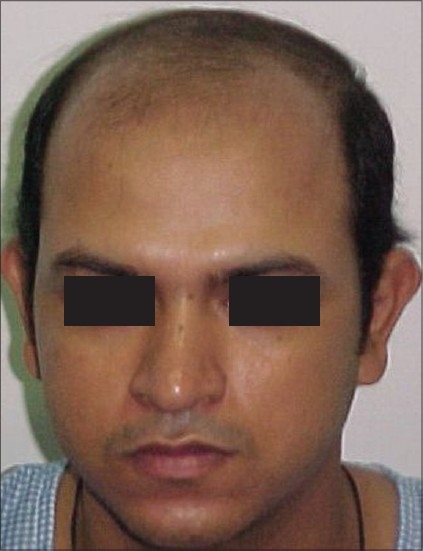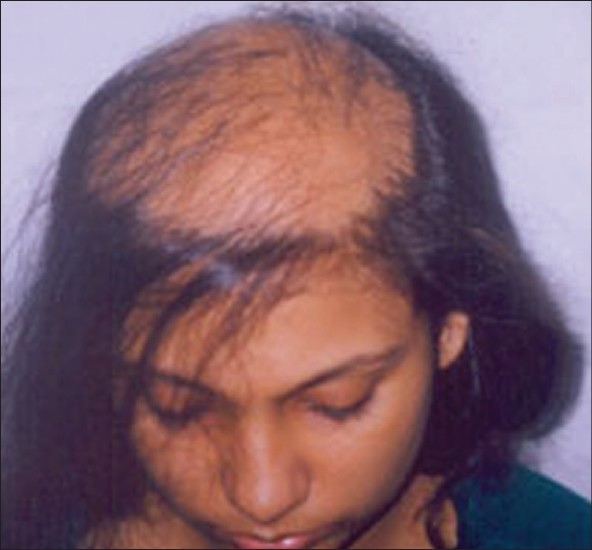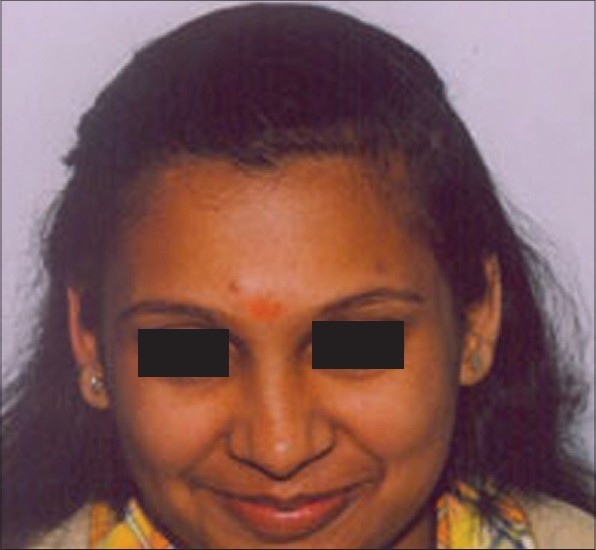









Hair Transplantation Surgery(4)
Hair transplants in special sites
Eyebrow transplantation can be done to improve or recreate eyebrows. It is an aesthetic essentiality to follow the direction of the eyebrow hairs while creating a new line. Around 150 micrografts are usually required for an eyebrow of one side. The donor site for eyebrow transplantation should be of finer hair preferably from the Nape of the neck or the Temporal region.[8] Recipient holes are made with a No. 20 or 21-gauge needle or a 0.7 mm microblade. Cyanoacrylate glue may be used over the grafted areas to keep the grafts in place during the immediate postoperative period.
Grafting eyelashes is a more challenging procedure. Fortunately, only a few lashes are necessary to produce a good result. Six one-hair micrografts per lid may satisfy most patients. Cyanoacrylate glue is again very useful in keeping the grafts in place.
The rate of hair growth of the scalp hair is much faster than those of the eyebrows and elsewhere. Patients must be informed preoperatively that this transplanted hair will need Trimming from time to time.
Moustache reconstruction by hair transplantation is especially useful in patients who have had a cleft lip or a scar following trauma. The hair in the moustache area is much more wiry and coarser than hair in the scalp. Harvesting hair from the Beard area just Inferior to the jaw line may provide better Donor hair for Moustache reconstruction.[9]
Patients who have undergone hair transplantation using older techniques have larger plugs. This gives the hairline a pluggy, corn-row appearance that needs correction. The current approach uses plug reduction and recycling, and is applied aggressively to the front two rows.[10]
CONCLUSION
Recent advances in technology have made hair replacement surgery a viable option for many people but we must utilize this technique prudently. It is very important to form a team because one individual cannot perform the entire procedure single-handedly. Fine tuning and accuracy in all steps of the surgery are essential to get good results. No compromise should be made with proper lighting in the operating room and with the quality of the instruments. A comfortable ambience in the operating room and use of audio-visual entertainment break the monotony, both for the patient and the surgical team.
It is important to remember that a patient is worse off after a poorly performed hair replacement surgery. If done judiciously, transplantation is a very rewarding procedure, both for the surgeon and the patient.
Figure 2
AG- Pre-Hair Transplant (HT)
Figure 3
AG-Post-HT of 2000 FUGs
Figure 4
BD- Pre-Hair Transplant (HT)
Figure 5
BD-Post-HT of 1800 FUGs
Figure 6
JM- Pre-Hair Transplant (HT)
Figure 7
JM-Post-HT of 2100 FUGs
Figure 8
VB- Pre-Hair Transplant (HT)
Figure 9
VB-Post-HT of 1900 FUGs
Figure 10
SK- Pre-Hair Transplant of Eyebrows
Figure 11
SK- Post-Hair Transplant of Eyebrows
REFERENCES
1. Headington JT. Transverse microscopic anatomy of the human scalp. Arch Dermatol. 1984;120:449–56. [PubMed]
2. Haber RS, Stough DB. In: Hair replacement, surgical and medical. Stough DB, Haber RS, editors. St Louis: Mosby; 1997. pp. 390–2.
3. Khan S, Stough DB. In: Hair replacement, surgical and medical. Stough DB, Haber RS, editors. St Louis: Mosby; 1997. p. 425.
4. Martinick JH. Hairline placement: Getting it right the first time. Hair Transplant Forum Int. 1999;9:65–71.
5. Rassman WR, Bernstein RM, McClellan R, Jones R, Worton E, Uyttendaele H. Follicular unit extraction: Minimally invasive surgery for hair transplantation. Dermatol Surg. 2002;28:720–8. [PubMed]
6. Harris JH. Follicular unit transplantation: Dissecting and planting techniques. Fac Plast Surg Clin North Am. 2004;12:225–32. [PubMed]
7. Epstein JS. Surgical hair restoration in women. Hair Transplant Forum Int. 1999;9:25–6.
8. Gandelman M. Eyebrow and eyelash transplantation. In: Unger WP, editor. Hair transplantation. New York: Marcel Deker; 1995. p. 294.
9. Unger WP. Moustache transplants. In: Unger WP, editor. Hair transplantation. New York: Marcel Deker; 1995. p. 311.
10. Vogel JE. Correction of the cornrow hair transplant and other common problems in surgical hair restoration. Plast Reconstr Surg. 2000;105:4. [PubMed]



 留言列表
留言列表
